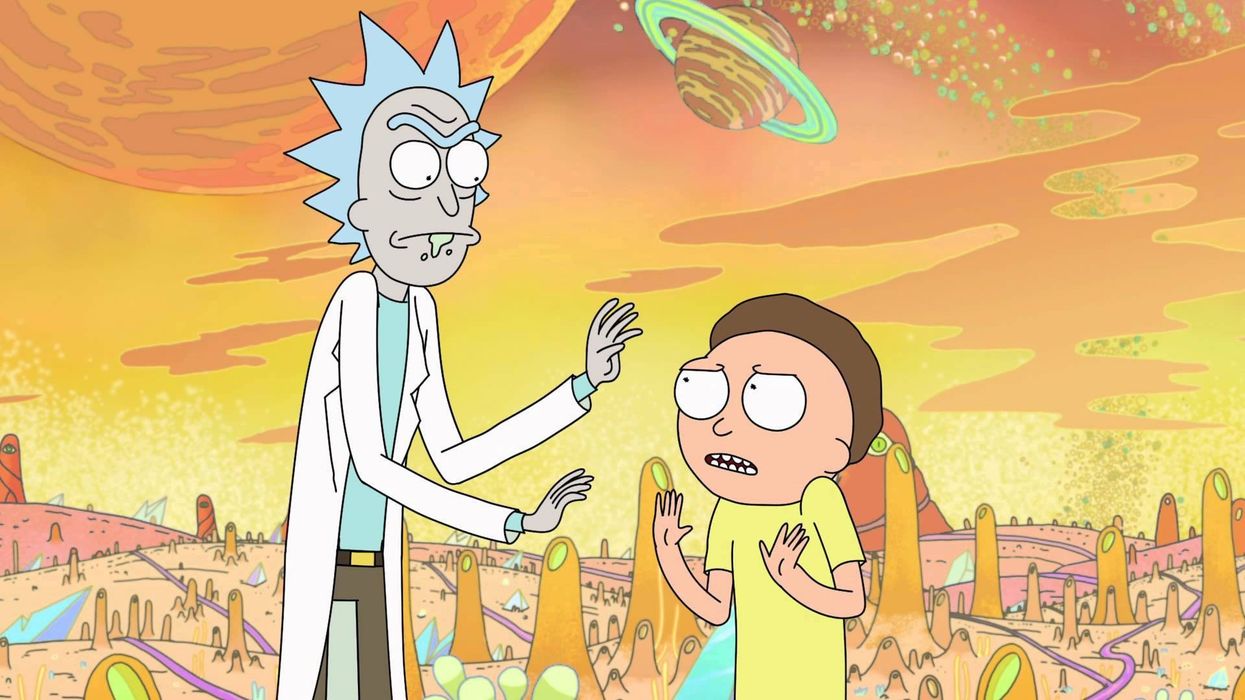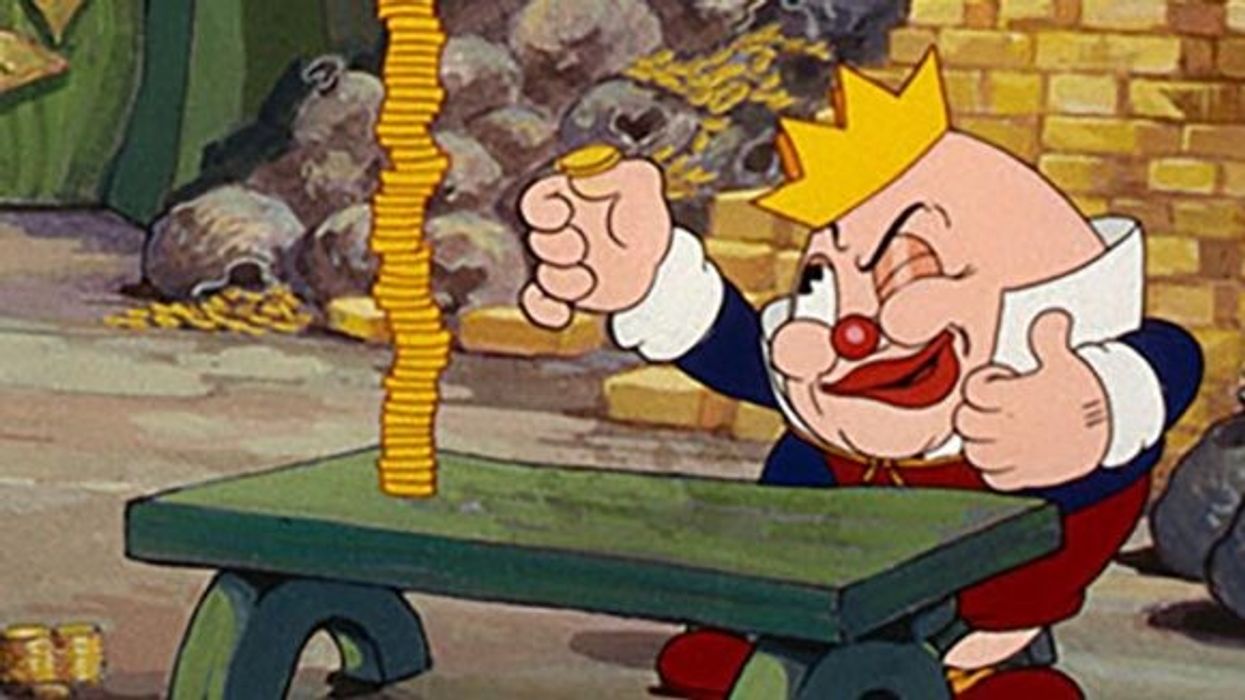Watch: How an Episode of 'Rick and Morty' is Written
"Nobody exists on purpose. Nobody belongs anywhere. Everybody's gonna die. Come watch TV." —Morty

Rick and Morty is one of the strangest hit shows to come out in quite a while. The Back to the Future parody sci-fi cartoon series takes audiences along on the adventures of a slobbering mad scientist and his anxiety-ridden grandson, and though the journies of these twisted Doc Brown and Marty McFly characters may be absurd in content, they're anything but in structure.
In this video, James Hayes of FilmInTheMaking breaks down how Rick and Morty creators Dan Harmon and Justin Roiland approach telling some of the wildest stories on TV by using a simple story structure concept called the "story circle" inspired by Joseph Campbell's monomyth.
Harmon and Roiland's approach to storytelling looks a lot like Campbell's monomyth—and not just because they're both depicted as circles. They both have:
- A character who starts off in their comfort zone,
- Who is then called to go on an adventure,
- And then leaves the known world to enter an unfamiliar place/situation,
- Where they encounter new friends and opposition,
- As well as the important thing they were looking for,
- But can't go back home,
- Until they make a change,
- But when they do,
- They get to return, bringing their adventure to an end.
Admittedly, this kind of structuring can get formulaic and predictable, but that's not always a bad thing. For first-time screenwriters or those who are writing a script with a lot of complicated concepts and numerous themes, being able to lean on a stable, tried-and-true story structure can mean the difference between writing the thing and dramatically tossing it into a dumpster fire.
This certainly seems to be the case for Rick and Morty. I mean, it's a 30-minute animated sitcom so you don't have a whole lot of time to develop and play with experimental storytelling. Aside from that, the show has to juggle two diametrically opposing worlds: the world in which Rick and Morty jump through portals to retrieve Mega Seeds from another dimension and the world in which Morty's parents are at home fighting over Wheat Thins.
In an interview, Harmon tells Uproxx:
We can have Rick and Morty go on these adventures together as grandfather and grandson. And then we can intercut it with these Charlie Kaufman, Woody Allen-esque petty domestic squabbles that are happening. That will be the formula of the show. You'll be whiplashed between absolute Roald Dahl absurdity...to two 35-year-old parents having an argument about Wheat Thins in a kitchen and how disrespectful it was to put a box of Wheat Thins back into the cupboard knowing that there are only two crackers left in there...and just going back and forth between those scenarios, and having them not conflict with each other. Making this strange, graceful tonal decision that if a portal opens in the living room and two people tumble out, that the mother reacts emotionally the same way that she would if Morty had stayed out past curfew.
Rick and Morty's story structure not only works for both scenarios present in the show, the predictability of domestic life and the adventurous shenanigans of very flawed, very unlikely heroes, but it also works for the type of content that relies on economic and efficient storytelling.
As we always say at some point in articles about screenwriting, there is no "right" way to write a script, nor are there rules or a sure-fire structure that works with everything. At the end of the day, does the story circle work for everyone and everything? No, not at all, but it's definitely a tool you should know about.
Source: FilmInTheMaking













